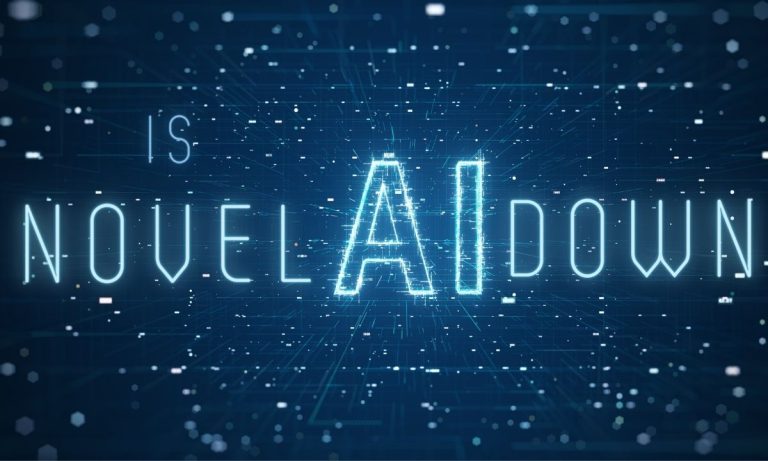Can Canvas Detect Chat GPT? ( Revealed!)
The modern world that we are seeing today brings many innovations. A few of them are the introduction of Canvas and Chat GPT. While there are many potential benefits of this open AI program, we cannot say about it much in the academic sector.
Can Canvas Detect Chat GPT?
Canvas is now able to detect the content written by AI programs like Chat GPT. As Canvas is a full-fledged academic program, it can detect irregular writing patterns. This includes the inconsistent tone and writing of the AI-generated texts.
The use of AI detection services such as Canvas and Turnitin plays a crucial role in academics. It helps the teachers to maintain the productivity of students. The wide functionality of Canvas can detect Chat GPT and can also be used as an anti-cheating measure for students during tests.

Introduction to Canvas LMS
Over the course of years, many Learning Management Systems (LMS) are now available such as Canvas, Nearpod, and Google Classroom. These LMS programs ease the workload of teachers by virtually creating a classroom environment.
Canvas is one of the most widely used LMS systems that reliably creates many aspects of courses. Teachers can approach students for quizzes, and assignments and analyze students’ progress.
Canvas is fully programmed to carry all the necessary features to conduct online exams. This program can detect and record students’ activities in a precise manner. Therefore, many universities across the globe rely on Canvas for fair examination services.
Why Chat GPT is Vulnerable to Canvas Detection?
AI programs such as Chat GPT is like formal tool to generate responses to the user’s given queries. While Chat GPT is efficient enough to answer whatever you throw at it, it is still imperfect in terms of responses.
Most of the AI-generated content of Chat GPT is based on machine learning through existing knowledge available. Chat GPT uses a digital library and data to search and respond to questions. Therefore, students do use it to generate answers for quizzes and assignments.
While Canvas is not strong enough to completely detect AI-written sentences, it certainly does its job. The prime mechanism used by Canvas is a set of in-built tools that can record and track the student’s activities during the exam.
These tools not only detect the keystrokes and writing speeds but also are able to tell if a student is copy-pasting the sentences. Similarly, the AI software of Canvas can also scan and analyze the consistency and relatability between written statements.
With copy-pasting through Chat GPT, there are very few chances of errors and corrections. This is because the person solely relies on AI-generated texts rather than thinking and brainstorming.
As Canvas tracks the student’s progress throughout the session, it can tell if a student is writing or copying it. Another potential detection risk is present in the nature and consistency of sentences.
Most of the AI content doesn’t have depth and nuance. Programs like Chat GPT lack the sense of writing engaging and thought-provoking content. That’s why they are unable to replicate these writing senses in comparison to the human brain.
Canvas makes use of its built-in features to detect these irregularities in sentences. It can promptly know if the text is AI generated even though Chat GPT writes it without any grammatical errors.
As Turnitin provides a very in-depth plagiarism detection system, Canvas also benefits from Turnitin. It uses the Turnitin protocol to search for similar sentences across the web to see if the Chat GPT copied its response from there or not.
Canvas also doesn’t allow students to open new tabs and other web browsers. This is indeed a great way offered by Canvas to stop students from copy-pasting cheated answers. At the same time, the response time for each question is also regulated by Canvas LMS.
Is Canvas Reliable in Chat GPT Detection?
While Canvas does remove the possibility of AI texts in the exams, it is still in development. With the increased use of Chat GPT, Canvas will soon have its own Chat GPT detection tool. Many other programs like Turnitin and Grammarly are implementing this feature.
There is an uncertainty in the detection of Canvas concerning Chat GPT detection. For instance, if a student is efficient enough to type fast or has ample knowledge of the subject, Canvas can show false positive results.
The maximum efficiency of detecting Chat GPT is achieved by the Canvas and the teacher’s proficiency together. The teacher can analyze and investigate the finalized results by Canvas to know if the text is really written by Chat GPT or not.
Recently, a survey is conducted to know the efficiency of AI Content Detector, around 20,000 human-written papers were analyzed. The results were in the form of a warranted confident false positive rate of AI content in these papers.
The results were found to be around 0.35% in the case of many AI detector platforms for false positives. Even if this is the lowest possible false positive rate, teachers are still encouraged to thoroughly assess all the written material.
Final Words
Canvas is undoubtedly a great LMS system to conduct classes, quizzes, and examinations. With the advancement and use of AI programs like Chat GPT, we all need to set some boundaries for its use.
The AI-written content can be detected through Canvas which uses many inbuilt features for this purpose. This includes the detection of writing speeds, copy-pasting, and sentence structures.
With Canvas, the misconducts and cheating protocols used by students can be effectively monitored and stopped. These methods help to make sure the exams are fairly conducted and proctored by the teachers during the exam session.






